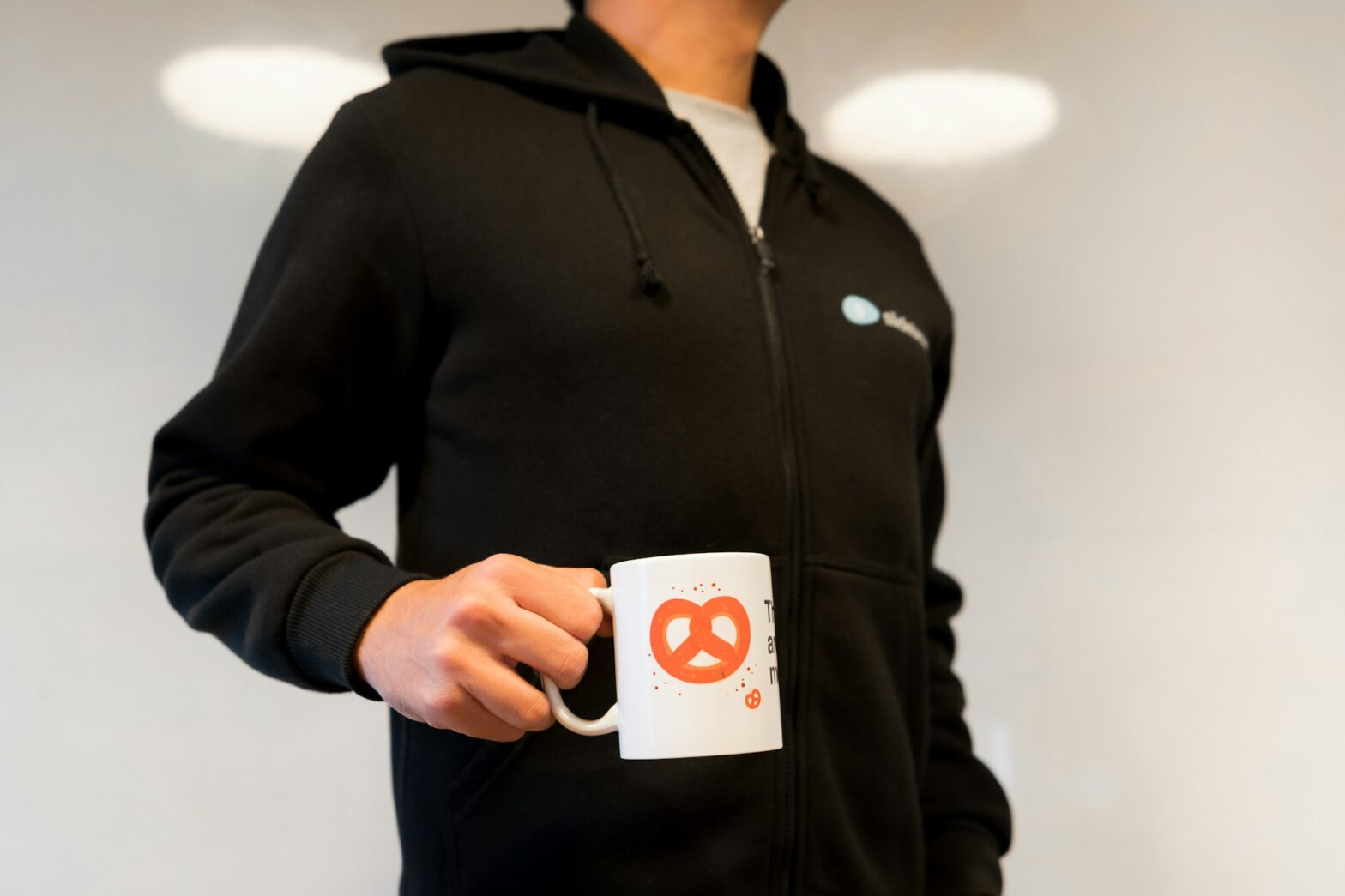
Dressing Up Comfort for the Modern Workplace: The Evolution of Office Attire
28 October 2024

Gone are the days when office attire strictly meant stiff suits, starched collars, and polished leather shoes. The modern workplace has evolved, and so has the way we dress for it. Today, comfort reigns supreme, but that doesn’t mean professionalism has taken a back seat. Instead, the fusion of comfort and style has reshaped office attire, offering a balance that accommodates both the shifting workplace culture and the growing emphasis on personal well-being.
From Suit-and-Tie to Business Casual
It wasn’t long ago that formal suits, ties, and polished shoes were synonymous with success in the workplace. For decades, office attire adhered to strict guidelines that dictated what was deemed “professional” for both men and women. Men had their suits, ties, and polished Oxfords while women often found themselves in structured skirts, dresses, and modest heels, all aimed at creating a tidy, corporate appearance.
However, in the early 2000s, there was a shift, especially with the rise of technology companies and creative industries. Enter the era of “business casual.” Men traded their suits for blazers and khakis, while women opted for dress pants or skirts without the formality of stockings.
The definition of business casual varied from industry to industry, but it marked a significant step toward loosening the rigidity of professional attire. At the heart of this transformation was the desire for employees to feel more relaxed, confident, and expressive in their day-to-day lives.
The Rise of the Hybrid Workplace and Comfort Culture
Fast-forward to the 2020s, and the global workplace looks vastly different. With the rise of hybrid work models and remote jobs, people no longer need to dress to impress in a physical office every day. Instead, many workers have embraced “smart casual” styles that blend comfort and professionalism.
Additionally, the COVID-19 pandemic further accelerated this change, with many employees working from home for the first time. It wasn’t uncommon to attend Zoom meetings wearing a professional top paired with pajama bottoms or leggings. What started as a temporary adjustment soon revealed a new perspective, that people can still perform well without feeling constrained by traditional office attire. The result was a rethinking of what it means to dress for success. It became clear that comfort and performance are deeply connected.
Athleisure’s Influence on Workwear
One of the biggest influencers in the evolution of modern office attire has been the rise of athleisure. Originally designed for workouts and active lifestyles, athleisure quickly moved into everyday fashion with its versatile, functional, and stylish appeal. Comfortable fabrics, stretchy materials, and tailored fits meant that people could look put together while staying comfortable.
Brands caught on to this trend quickly, with some creating entire lines of “work-friendly” athleisure. Blazers made from performance fabrics, wrinkle-resistant shirts, and even cargo pants are becoming a popular part of work wear. These pieces allow employees to easily move through their workday while still appearing polished and put together. You can easily buy them in online stores and create a perfectly balanced work outfit. It’s a balance that acknowledges both professional demands and personal comfort.
These pieces allow employees to move through their workday with ease while still appearing polished and put together. It’s a balance that acknowledges both professional demands and personal comfort.
Diversity in Fashion: A More Inclusive Office Wardrobe
As office attire evolves, so too does the conversation about diversity and inclusivity in the workplace. Clothing is an expression of individuality, and today’s work environments are more open to allowing employees to express their style. The strict rules of the past that policed everything from skirt length to shoe style are giving way to more inclusive guidelines.
For example, many companies now encourage employees to have elements of their culture or personal identity in their work wardrobe. This could mean colorful headscarves, gender-neutral clothing, or even traditional garments adapted for a modern setting. These changes not only enhance comfort but also allow people to feel more authentically themselves at work.
What Does the Future Hold for Office Attire?
As we look toward the future, it’s clear that the comfort-centric approach to dressing for the workplace is here to stay. The days of suffering in tight, uncomfortable clothing just to maintain an image of professionalism are over. Instead, we are moving toward a work culture that values flexibility, inclusivity, and well-being.
Whether you’re working in a hybrid setting, a creative office, or a traditional corporate environment, the new rules of dressing are all about balance. You can be both comfortable and professional, stylish and practical. It’s not about fitting into a box but about finding a look that supports your workday while expressing your style. The modern workplace is evolving, and so too is the way we dress for success.
Final Remarks
As office culture continues to evolve, one thing is clear: comfort is here to stay. The stiff, formal business suit will always have its place, but the focus has shifted toward clothing that allows people to feel good while they work. In the modern workplace, dressing up doesn’t have to mean giving up comfort. Instead, it means embracing a new era where style, practicality, and personal expression coexist in harmony.

Technology
25 March 2025
Ransomware-As-A-Service Variants on the Rise With Critical Infrastructure Providers at the Greatest Risk

Business Advice
25 March 2025
Claims Processing Automation: How Insurers Can Cut Costs and Improve CX

Technology
18 March 2025
Secret Signs Your Internet Security Has Been Compromised






















